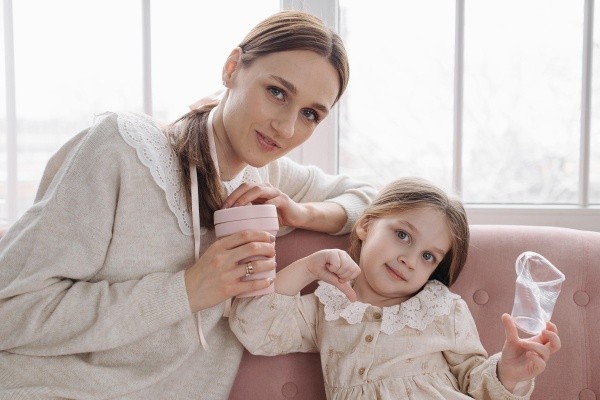The World Health Organization (WHO) examined as many as 1.7 million children and adolescents from around the world. The results are frightening: 80 percent of them don’t move enough. This is a dangerous situation for their health. Fortunately, it can be changed and they can avoid many dangerous illnesses.
Movement has positive effects on our entire body, and in the case of children it is particularly important. It allows for the proper development of the skeletal and muscular systems, which protects against, for example, posture defects. Physical activity also stimulates the development of the cardiovascular system, for example, the heart and lungs. In addition, it stimulates the nervous and digestive systems, contributing to the maintenance of a healthy body weight.
Lack of exercise is one of the causes of obesity. 10% of Polish children up to the age of 3 struggle with excess weight, 30% of early school age children and 22% of teenagers all struggle with weight issues. The WHO predicts that if this trend continues, as many as 70 million children under the age of five around the world will weigh too much by 2025. Obesity, in turn, increases the risk of type 2 diabetes, cardiovascular diseases, and certain types of cancer.
Physical activity is also important because it allows you to discharge excess energy, which has a positive effect on the emotional state of the child. When running, jumping or walking, endorphins are produced, which effectively increase your well-being. Movement can also become a prophylactic for depression, which affects younger and younger people.
Lack of role models and getting discouraged
How did this happen that today's children don’t move enough? There can be many factors contributing to this condition. Of course, spending too much time in front of the computer is one of them, but that's not the only reason. Parents and/or teachers do not motivate pupils to move and do not show that it can be a fun activity. The lack of appropriate role models means that the youngest do not know that they need movement.
If the only opportunity to exercise for children are physical education (PE) lessons at school, it may become associated only with an unpleasant duty. Data from the report of the Ministry of Sport and Tourism shows that 33% of school students think that physical education lessons are not interesting. Kids don't want to do boring things in their free time. Sometimes their caregivers also force them to do a specific type of sport because it seems to be the best for the child. Without taking into account their needs and preferences, we can effectively discourage them from moving.
There are also limitations that are beyond our control - the pandemic has meant that we all spend more time at home. There is a lack of playgrounds in housing estates, and if they do exist they are small or outdated. Children, even if they wanted to, have nowhere to spend time with their peers. So they do it on the internet.
Most of all, it’s about having fun
However, these unfavourable trends in children's approach to physical activity can be reversed. First of all, the child's guardians - both parents and teachers should set an example. Engage in movement to prove that they can be enjoyed by everyone. Add to that colourful exercise clothes and attractive equipment such as balls, jump ropes, Frisbees or a kite - moving around will immediately seem like fun.
Besides, you have to remember that every person has different predispositions and interests. It is worth showing children various forms of physical activity. Not every student will be good at volleyball, but you may find that they are great at martial arts. Let them have the opportunity to try a whole range of sports.
It is important not to criticise the child once they have taken up an activity. They do not have to be an Olympic champion after all. It is important that they try. Whether or not they are active at a high level is definitely less important.
It is also good to show child athletes or people involved in professional sports. Explain that they lead an interesting life, that sport shapes their character. There is a chance that they will get inspired by someone like that.
Movement in our daily life
Movement does not always need to be about physical activity and organised activities. If a child likes to clean, let them vacuum or rake leaves. This is also movement! In turn, a walk or going to the swimming pool can be presented as a great trip or adventure. The activity will happen while experiencing something out of the ordinary.
In school, educators can also use modern methods that are available on the market. There are many examples. One of them is the funtronic interactive floor which is gaining huge popularity.
Interactive fitness games embedded in an interesting plot prevent children from feeling bored - which is what they sometimes experience in PE classes. At the same time, they develop physically and are provided with a dose of exercise, because this should be a minimum of about 60 minutes each day.
Methods that treat movement as a way to achieve a goal in play also teaches that fitness is sometimes necessary in situations not directly related to sports. Children subliminally learn that it is worth taking advantage of the opportunities to improve their physical abilities. The dangers of obesity and other diseases almost disappear on their own.






